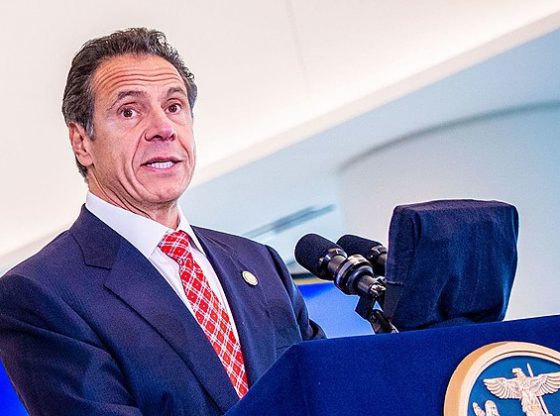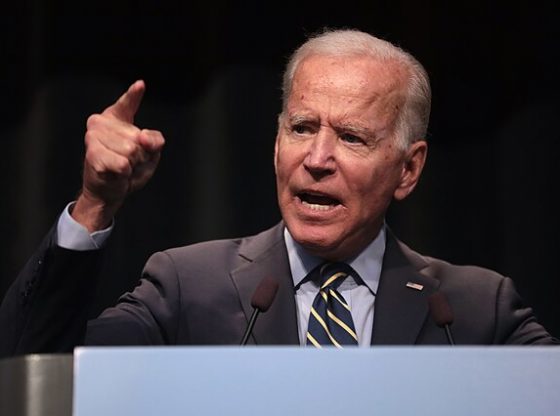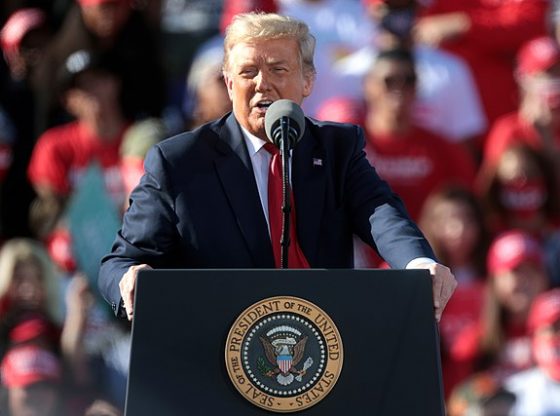American oil production has hit a record high amid a sustained period of elevated prices and a regulatory blitz unleashed by President Joe Biden, according to data from the U.S. Energy Information Administration (EIA).
The American oil industry produced an average of 13.2 million barrels per day in the last week of October, the highest such average since 2003 and slightly higher than the average production levels observed just before the pandemic significantly disrupted energy markets, according to the EIA data. Production has soared, even as the price of West Texas Intermediate (WTI) crude oil has stayed well above for $65 per barrel for most of the time since December 2021 while the Biden administration has taken numerous regulatory actions to crack down on the oil industry since assuming power in January of that year, according to data from the Federal Reserve Bank of St. Louis.
“Day-to-day production numbers are high, but the markets don’t lie, regardless of how much Biden tries to make them lie,” Daniel Turner, executive director of Power the Future, an energy advocacy organization, told the Daily Caller News Foundation. “The high prices aren’t changing anytime soon, because producers don’t see production going higher in the future because you see land for leasing being taken off the table” in regions like Alaska and the Gulf of Mexico, Turner continued, adding that “the lifetime of an oil well is years in the making, and so all of the production that is online now is from wells that started well before Biden came into office.”
The administration has taken dozens of executive and regulatory actions designed to make oil and gas activity more difficult and expensive since it assumed power in 2021, according to research conducted by the Institute for Energy Research.
The Biden administration has engaged in a massive effort to reduce new oil and gas activity on federally controlled lands, which has resulted in millions of acres being taken off the table for oil drilling activity. Biden pledged to fully halt oil and gas activity on federal lands as a candidate and issued a moratorium on oil and gas leasing on federal lands in 2021, later saying in August that he would have been able to make good on that promise if not for the court system.
The administration rolled out the skimpiest offshore oil and gas leasing schedule in American history in September, leased the fewest acres for oil and gas drilling of any administration in the last 80 years and took steps to increase the costs of oil and gas activities on public lands that it has not excluded from such uses altogether. The administration has also retroactively canceled leases in Alaska and moved to protect huge swaths of the state’s land from oil and gas activity, but the administration’s approach has not satisfied hardline environmentalists, a key electoral and fundraising constituency for Biden.
High energy prices have been a persistent political issue for the Biden administration, which has variously blamed those elevated prices on the Ukraine war and supposed profiteering by the country’s major oil corporations. The U.S. may have been able to produce at least an additional 2 million barrels of oil per day since 2021 if the administration had maintained similar energy and environmental policies to those adopted by the Trump administration, according to a report by the Committee to Unleash Prosperity.
“In 2010, federal land produced 36% of the oil in the United States. In 2022, federal land only produced 26% of oil in the United States,” Dan Kish, a senior research fellow for the Institute for Energy Research, told the DCNF. “Overall oil production is up, but the increase has been on private and state lands, not federal lands where Biden has a veto … oil and gas producers are using every trick in the book to increase production on state and private land, but Biden is shutting them down at every turn where he can. Eventually, the onslaught will reduce their success.”
Oil prices spiked significantly in 2022, with WTI crude prices staying above $85 per barrel for most of the year and exceeding $120 per barrel for stretches of March and June, according to data from the Federal Reserve Bank of St. Louis. In response, the administration tapped into the strategic petroleum reserve (SPR) ahead of the 2022 midterm elections to bring down prices, releasing 180 million barrels, and most of those releases have not yet been offset. Those releases, criticized roundly by Republican officials at the time, have come back into focus in recent weeks given the shaky geopolitical situation in the Middle East as Israel strikes back against Hamas.
“Killing a major industry in the U.S. takes time. Giving Biden a second term will give his regulators the ability to inflict far more damage than they already have done,” David Blackmon, a 40-year veteran of the oil and gas industry who now writes and consults on the energy industry, told the DCNF.
The White House did not respond immediately to a request for comment.
Nick Pope on November 9, 2023
















